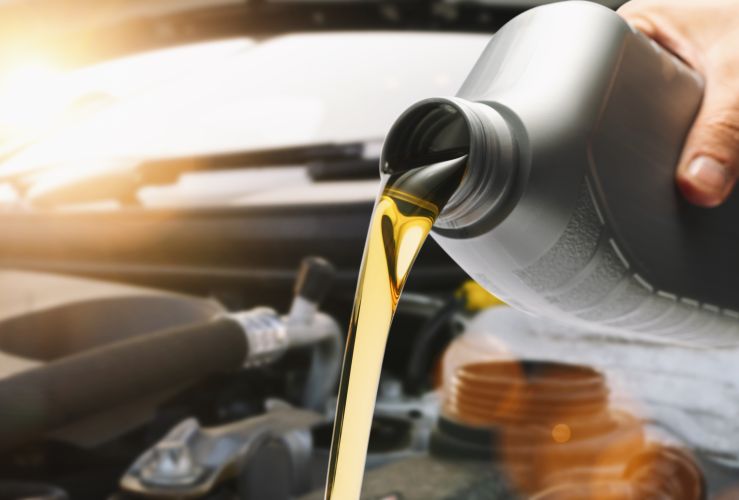
Having a sufficient supply of oil is essential for your engine to run effectively. It lubricates the internal moving parts, ensuring they operate smoothly and last for as long as possible. Good lubrication also reduces fuel consumption and therefore CO2 emissions.
It is critical you keep your engine oil topped up.
But how do you decide which engine oil to buy?
The two main types of oil are mineral and synthetic. Mineral oils are made by refining crude oil - removing contaminants and unwanted hydrocarbons. They are used principally in older or vintage cars. They are usually the cheapest type of motor oil.
Synthetic oils are based on mineral oil, but are substantially modified. They possess a number of benefits, including better lubricating ability, anti-wear, detergent, anti-corrosion, and anti-oxidising properties. Synthetic oils are invariably recommended for newer, more technologically advanced vehicles.
A third, less common type of oil is 'semisynthetic'. These are half mineral and half synthetic. While not as effective as 100% synthetic oils, they are nevertheless much better at things like anti-corrosion and anti-wear than old fashioned mineral oils.
There are higher and lower viscosity grades of oil. Lower grades are more fluid, while higher grades are thicker and more viscous.
Multigrade oils are used by newer cars and can be used in all seasons. Monograde oils, meanwhile, are used in older cars, with variants for winter and summer. Monogrades carry "SAE'' in their name, followed by a number, with an added “W" for winter types.
Oils carry a letter, denoting the engine type they are intended for: A for petrol, B for diesel, C for lighter engines with particulate filters, and E for commercial vehicles. The number following this letter indicates the performance of the oil.
The easiest way to find out which oil you need is to use an oil selector from a major oil company. These are free to use. Simply enter your registration number, and your make and model. You may also be asked for your engine size by some selectors.
Examples include:




